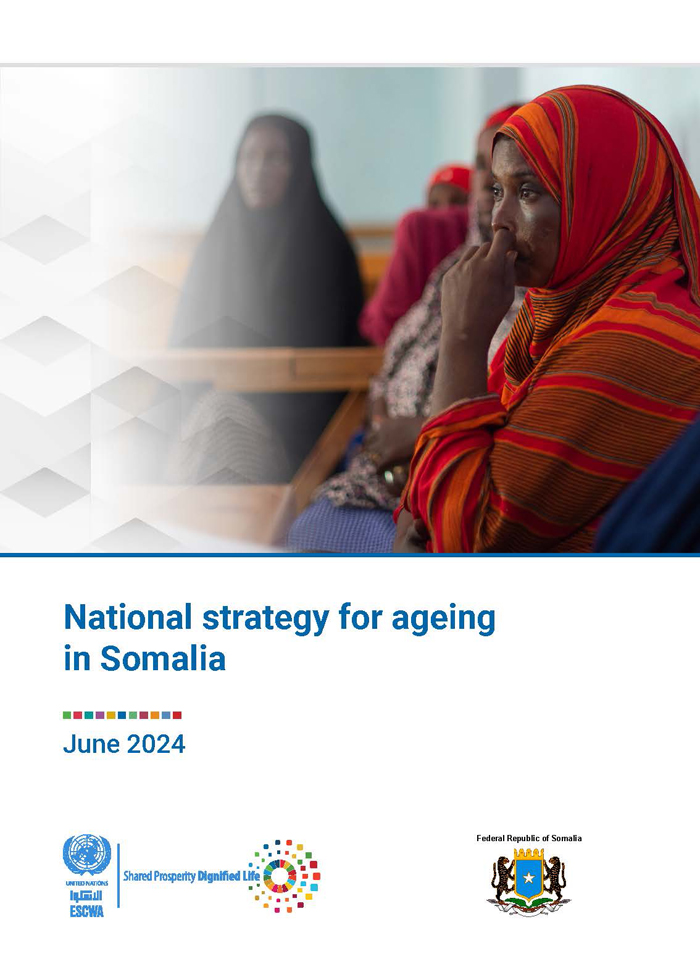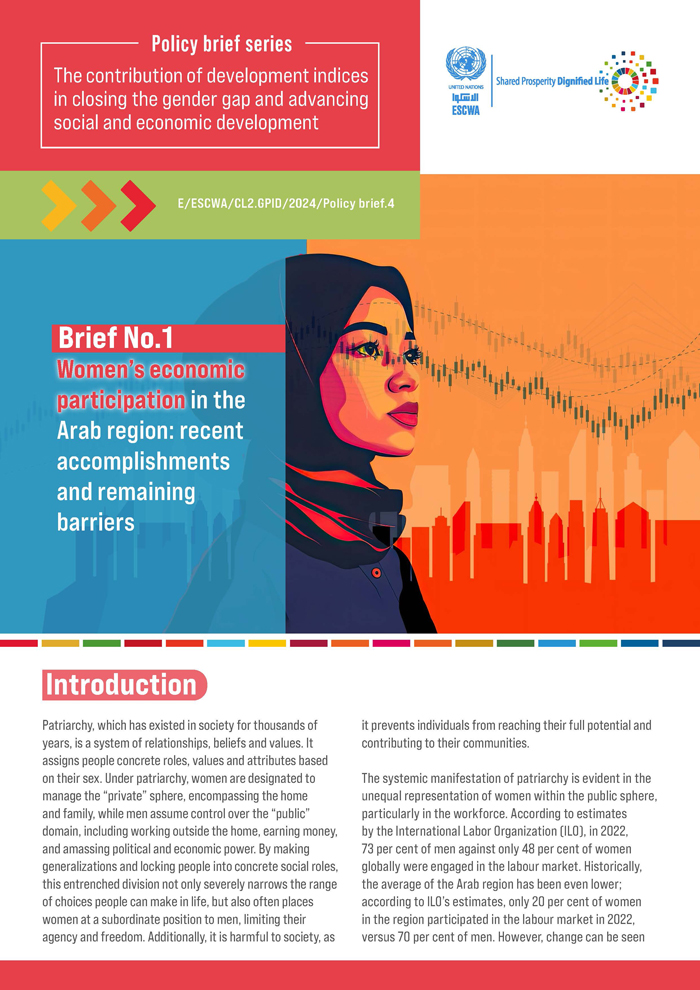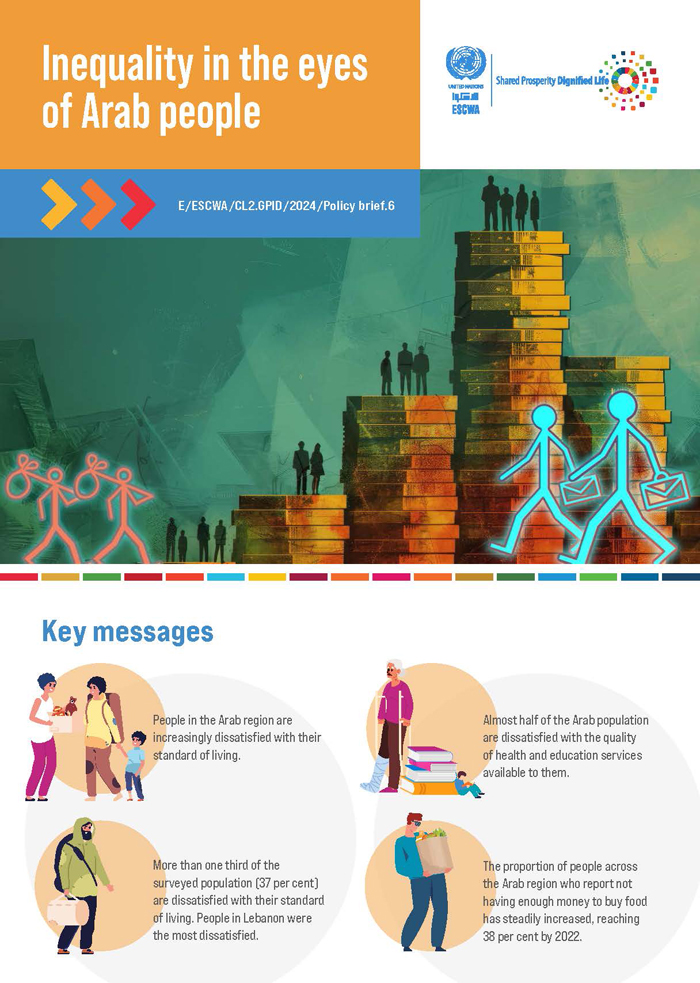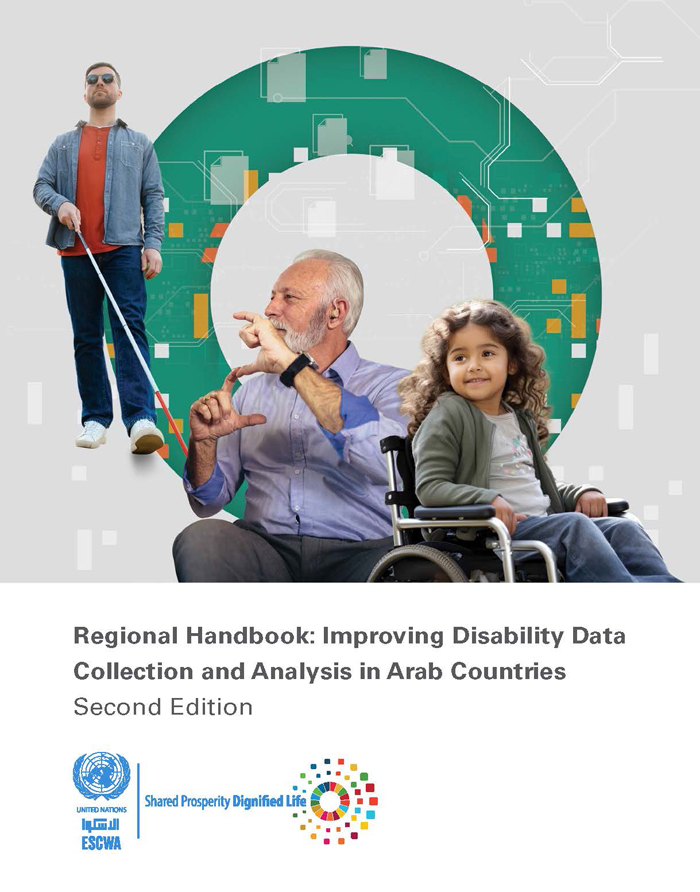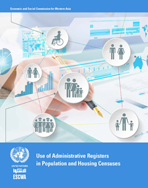
ESCWA Publication: E/ESCWA/SD/2016/Technical Paper.2
Country: Arab region
Publication Type: Reports & studies
Cluster: Statistics, Information Society and Technology
Focus Area: Inclusive development, Statistics
Initiatives: Population & Housing Censuses, Civil registration & vital statistics
SDGs: Goal 8: Decent Work and Economic Growth
Keywords: Data collection, Housing censuses, Identification numbers, Population censuses, Housing censuses, Administrative records, Population censuses, Data collection, Identification numbers
Use of administrative registers in population and housing censuses
January 2016
The present paper focuses on the methodology for using administrative registers in conducting population and household censuses, including the central population registry, building and housing registers, business registers, student registers, property registers and social security registers, among other registers considered key sources for censuses. Data contained in these registers can be linked to the central population registry via personal identification numbers assigned to individuals upon birth, enabling the development of a comprehensive database from various sources and the provision of census data to users. Several countries have conducted successful censuses based on administrative registers, without paper or electronic questionnaires. Other countries have carried out successful censuses by combining data from administrative registers and household surveys. Using administrative registers alone, or combining data from registers and surveys, has proven less costly than traditional censuses and results can be published in relatively less time.
In preparation for the 2020 census round, several Arab countries are striving to use administrative registers as data sources for their population and household censuses, in collaboration with register custodians. They aim to periodically access statistical registers for use in censuses and other statistical work.
Related content
Inclusive development
, Statistics
,
The present paper focuses on the methodology for using administrative registers in conducting population and household censuses, including the central population registry, building and housing registers, business registers, student registers, property registers and social security registers, among other registers considered key sources for censuses. Data contained in these registers can be linked to the central population registry via personal identification numbers assigned to individuals upon birth, enabling the development of a comprehensive database from various sources and the provision of census data to users. Several countries have conducted successful censuses based on administrative registers, without paper or electronic questionnaires. Other countries have carried out successful censuses by combining data from administrative registers and household surveys. Using administrative registers alone, or combining data from registers and surveys, has proven less costly than traditional censuses and results can be published in relatively less time.
In preparation for the 2020 census round, several Arab countries are striving to use administrative registers as data sources for their population and household censuses, in collaboration with register custodians. They aim to periodically access statistical registers for use in censuses and other statistical work.
